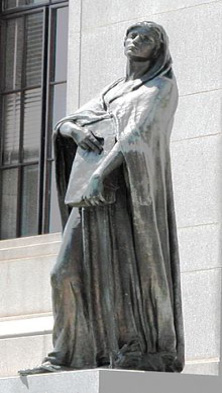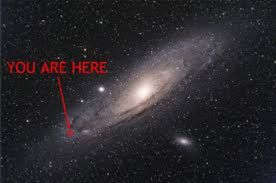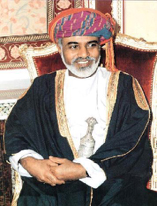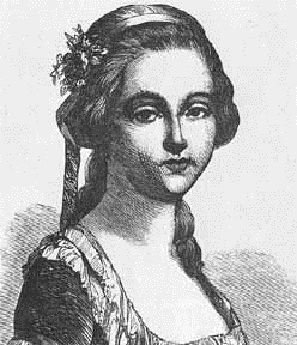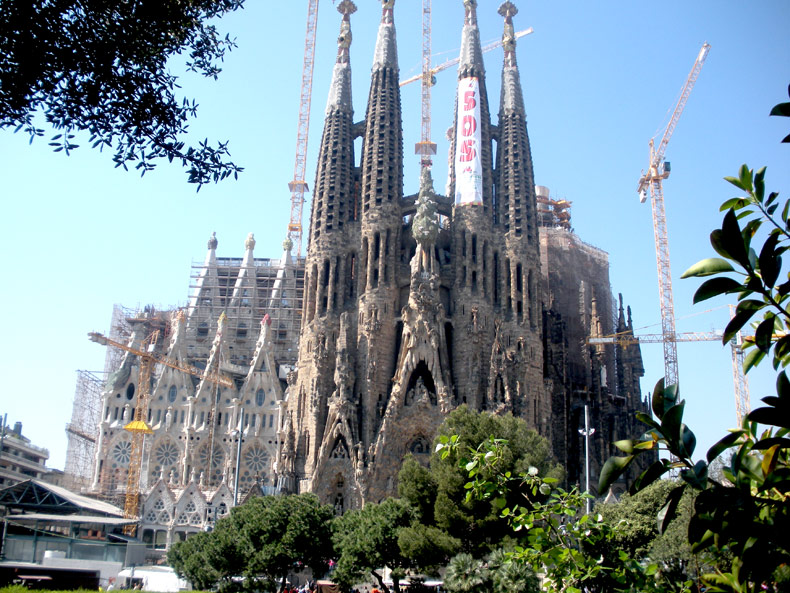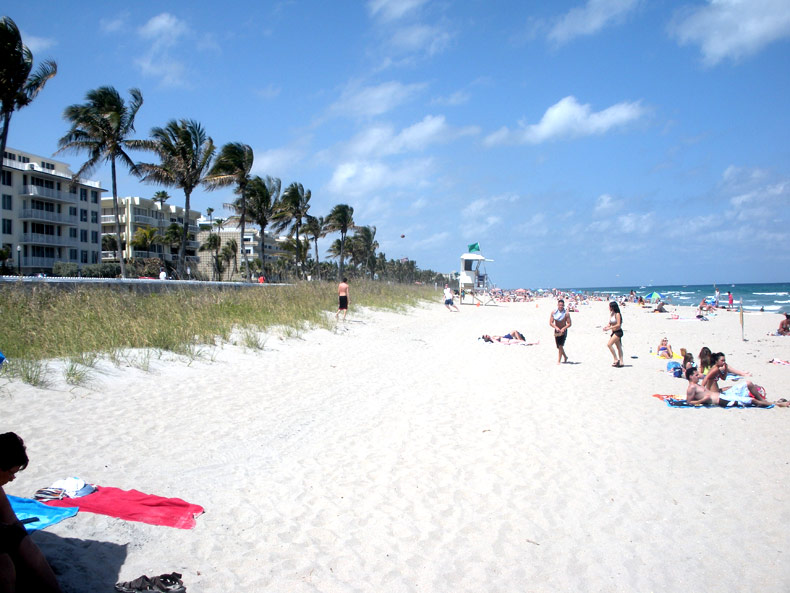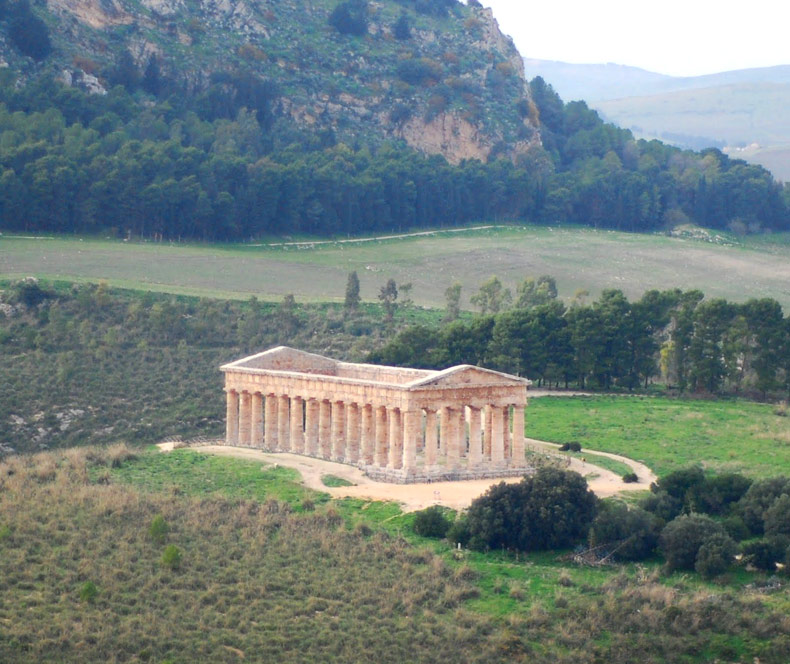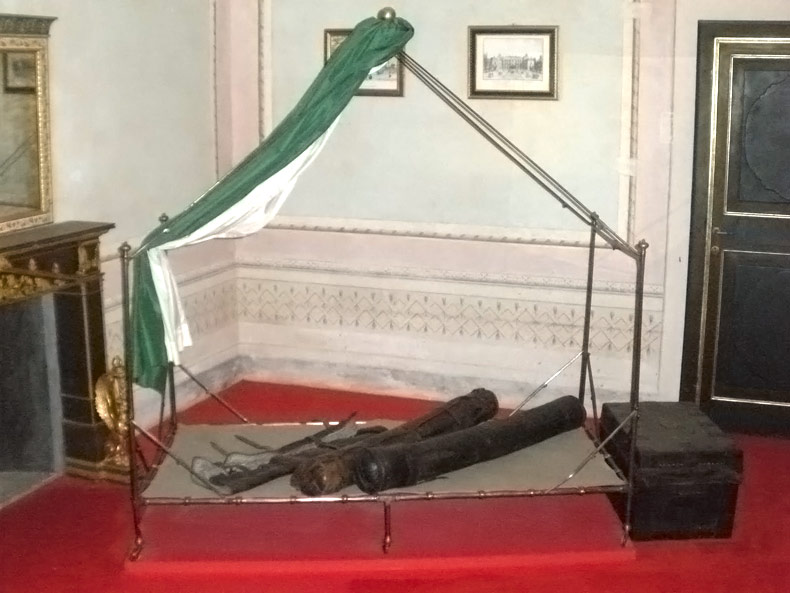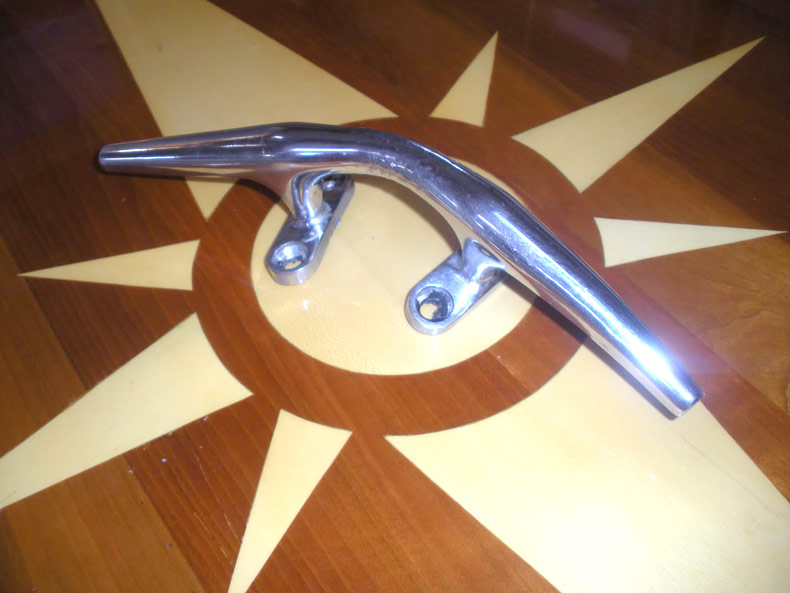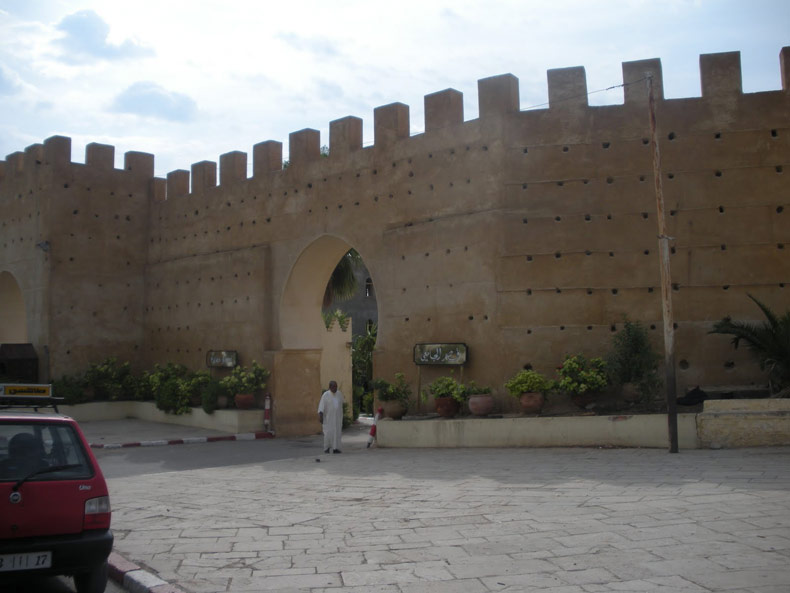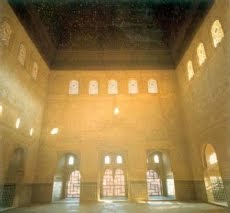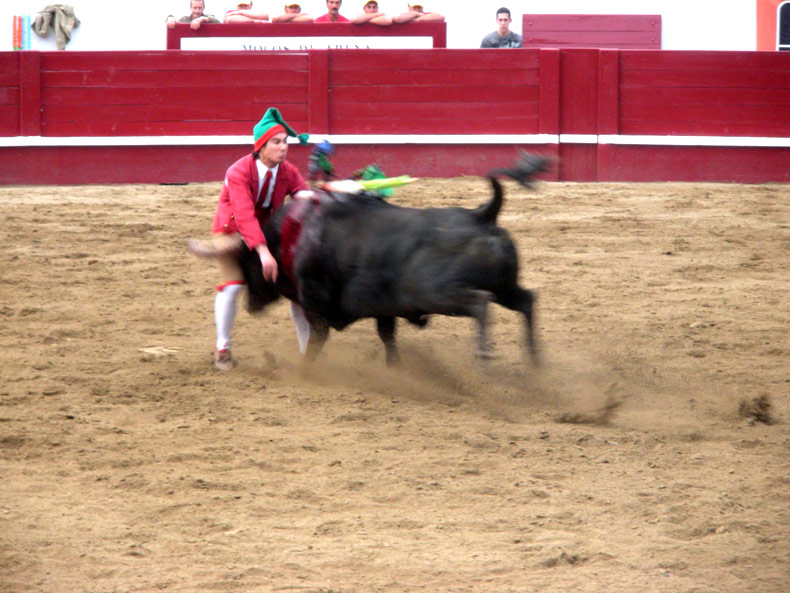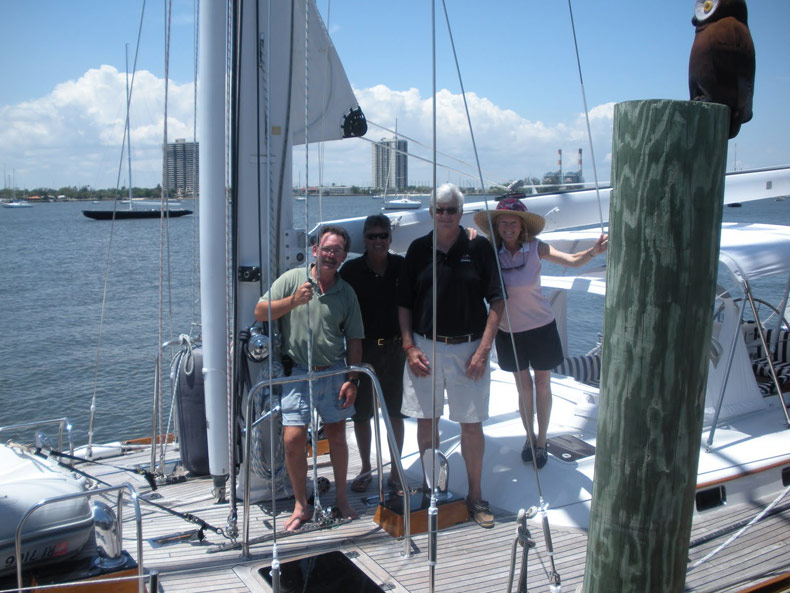…I’m sitting in North Conway, looking out my window through a birch tree at the triple chair North lift at Cranmore Mountain. My study area is by my bed, looking through the windows south or by a porch off the suite west. A table sits beside me holding my computer whose fan murmurs “ready”. And my thoughts move through my fingers, saved by the electronic circuitry, copied onto a floppy disk to be carried to my office next week. The office printer will convert the bits and bytes to ink jet impressions, which will then be sealed and stamped and sent from the mythical East by thought-gram on to you.
One evening two winters ago, when I built this house, I came to the spot where my bed/study/ retreat is now and crouched down on the plywood sub-flooring, balanced against the 2×4’s and huddled to keep the winter chill at bay. I could see the stars up close between the rafters. The crystal clear sky came near. I wonder what the miniature electronic circuitry of my computer chips have to do with the star circuitry of the universe?
I think back to when I sat staring out upon the Pacific Ocean, absorbed in feelings from the Esalen experience and just meditating.
Meditation. Breathing, relaxing, following the breath…in and out…effortless breath. Letting go is so very hard to do. But the quiet bliss of inner consciousness beckons too. Oh! Money and “practical” concerns capture my mind. Sensual pleasures and bodily distractions heat my veins. What pulses my soul? Gentle breathing, now, here, presence, tranquility…
And what lies beyond?
According to Emanuel Swedenborg (1688-1782), this life is just a process of psychological clarification and self-discovery. “When a person dies, he simply crosses from one world to another. All his intentions and loves remain with him after death. He leaves nothing behind except his physical body.”
Pollster Dr. George Gallup has produced a statistical report, indicating that of 8 million near death experiences, one-third of those patients who were declared clinically dead and were then revived experienced another level of consciousness.
The nine common denominators, as assembled by Leon Rhodes, director of the International Association of Near Death Studies, are as follows:
- “Even in distressing and traumatic conditions, the person becomes aware of a peacefulness, freedom from pains, and an indescribable bliss.
- “The person is able to be an observer, floating above the unconscious body, able to describe the activities and conversations of others, often in astonishingly accurate and verifiable detail.
- “There is a sensation of traveling through a dark tunnel – floating or at high speed – and an awareness of a distant, bright light.
- “Approaching the ‘light,’ which is indescribably bright, yet not painful to the eyes, one may sense an identity or personality, feeling that the light has come to convey the message that the person has died.
- “One finds oneself in a beautiful new realm with magnificent colors, never before seen, with preternatural beauties.
- “Other people may then be encountered – a few or a great many – and frequently it is possible to recognize friends that are known to have already died.
- “There may be communication with these friends, but usually not in verbal language, so much as thought transfer of a profound nature.
- “The person encounters or is told about a sort of border that may not be passed because it is ‘not yet time,’ or may feel there is something still to be accomplished on earth. Frequently, one also reports a reviewing of one’s own life, a ‘book of life’ in great detail.
- “With a feeling of family obligations or unfinished work, the experience finally chooses to return and is abruptly back in the body, conscious of the surroundings.”1
Within the forces of negative and positive polarity, atoms freely associate with each other in the universe. One evening after literature class, two winters ago, I happened to walk into Harvard University’s Science Center B, to hear Nobel Laureate (Biology) George Wald speaking about “wonder.” He related a conversation he had as a young man with Niels Bohr (physicist) asking Niels what he wondered about. Niels replied… the North American fresh water eel. The eel lives 3,000 miles away from North America in the South Atlantic until mating time. Then they swim to their respective North American fresh water stream, spawn and die. The newly born, swim back out into the Atlantic Ocean and travel the same 3,000 miles to where they, like their parents, live until they return to spawn and die. How do they know where they are swimming?
George Wald’s wonder is whether consciousness is the third element in the universe beside matter and energy…
Wait a minute. Isn’t religion the ultimate resolution of meaning and consciousness? Let’s see. The following excerpt is from The Power of Myth, by Joseph Campbell with Bill Moyers, in a 1985 and 1986 conversation at George Lucas’ Skywalker Ranch and later at the Museum of Natural History in New York.2
MOYERS: “…what is the meaning of the virgin birth?
CAMPBELL: “I think they best way to answer that is to talk about a system they have in India that describes stages of spiritual development. In India, there is a system of seven psychological centers up the spine. They represent psychological planes of concern and consciousness and action. The first is at the rectum, representing alimentation, the basic, life-sustaining function. The serpent well represents this compulsion – as a kind of traveling esophagus going along just eating, eating, eating. None of us would be here if we weren’t forever eating. What you eat is always something that just a moment before was alive. This is the sacramental mystery of food and eating, which doesn’t often come to our minds when we sit ourselves down to eat. If we say grace before meals, we thank this figure out of the Bible for our food. But in earlier mythologies, when people would sit down to eat, they would thank the animal they were about to consume for having given of itself as a willing sacrifice.
“There is a wonderful saying in one of the Upanishad: ‘Oh, wonderful, oh wonderful, oh wonderful, I am food, I am food, I am food! I am an eater of food, I am an eater of food, I am an eater of food.’ We don’t think that way today about ourselves. But holding on to yourself and not letting yourself become food is the primary life-denying negative act. You’re stopping the flow! And a yielding to the flow is the great mystery experience that goes with thanking an animal that is about to be eaten for having given of itself. You too, will be given in time.
MOYERS: “I’m nature, nature is me.
CAMPBELL: “Yes. Now, the second psychological center is symbolized in the Indian order of spiritual development by the sex organs, which is to say the urge to procreation. A third center is at the level of the navel, and here is the center of the will to power, to mastery and smashing, and trashing of others. This is the third, aggressive function. And as we are given to recognize in the symbolism of the Indian psychological system, the first function, alimentation, is of an animal instinct; the second, procreation, is of an animal instinct – and these three centers are located symbolically in the pelvic basin.
“The next, or fourth, center is at the level of the heart; and this is of the opening to compassion. Here you move out of the field of animal action into a field that is properly human and spiritual.
“And for each of these four centers there is envisioned a symbolic form. At the base, for example, the first one, the symbol is the lingam and yoni, the male and female organs in conjunction. And at the heart center, there is again the lingam and yoni, that is to say, male and female organs in conjunction, but here are represented in gold as symbolic of the virgin birth, that is to say, it is the birth of spiritual man out of the animal man.
MOYERS: “And it happens –
CAMPBELL: “It happens when you awaken at the level of the heart to compassion and shared suffering: experienced participation in the suffering of another person. That’s the beginning of humanity. And the mediations of religion properly are on that level, the heart level.
MOYERS: “You say that’s the beginning of humanity. But in these stories, that’s the moment when gods are born. The virgin birth – it’s a god who emerges.
CAMPBELL: “And do you know who that god is? It’s you. All of these symbols in mythology refer to you. You can get stuck out there, and think it’s all out there. So you’re thinking about Jesus with all the sentiments relevant to how he suffered – out there. But that suffering is what ought to be going on in you. Have you been spiritually reborn? Have you died to your animal nature and come to life as a human incarnation of compassion?
MOYERS: “Why is it significant that this is of a virgin?
CAMPBELL: “The begetter is of the spirit. This is a spiritual birth. The virgin conceived of the word through the ear.
MOYERS: “The word came like a shaft of light.
CAMPBELL: “Yes. And the Buddha, with the same meaning, is said to have been born from his mother’s side from the level of the heart chakra.
MOYERS: “Heart chakra meaning…?
CAMPBELL: “Oh, the heart chakra is the symbolic center associated with the heart. The chakra means ‘circle’ or ‘sphere.”
MOYERS: “So the Buddha comes out –
CAMPBELL: “- the Buddha is born from his mother’s side. That’s a symbolic birth. He wasn’t physically born from his mother’s side, but symbolically.”
And I’m still breathing in and out…in meditation…effortless breathing…
And these thoughts are brought to consciousness before you on paper, transcribed by fingers, saved by silicon chips, copied onto a magnetic medium, later to be converted into ink jet impressions, which can be folded, sealed, stamped and so forth…North, East, South, and West…
North Conway, New Hampshire
July 11, 1989
Torrence C. Harder
“We are such stuff
As dreams are made on, and our little life
Is rounded with a sleep.”
-Wm Shakespeare, The Tempest, IV.i.
NOTES:
1.“Unraveling the Ultimate Mystery Science, Religion, and Life After Death” by Steven Caming, The Mountain Ear, published in Mt. Washington Valley at Conway, NH 03818, Volume 14, Number 6, 29-Jun-89; and
2. The Campbell-Moyers conversation was later edited by Betty Sue Flowers and published by Doubleday, see pages 174-6.
